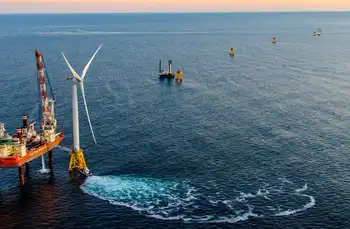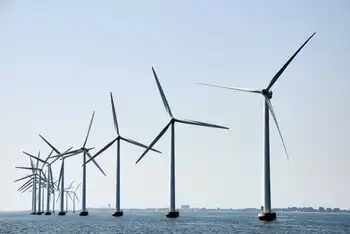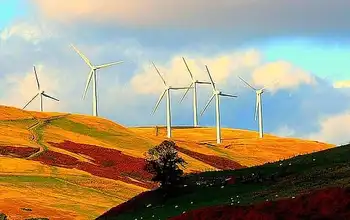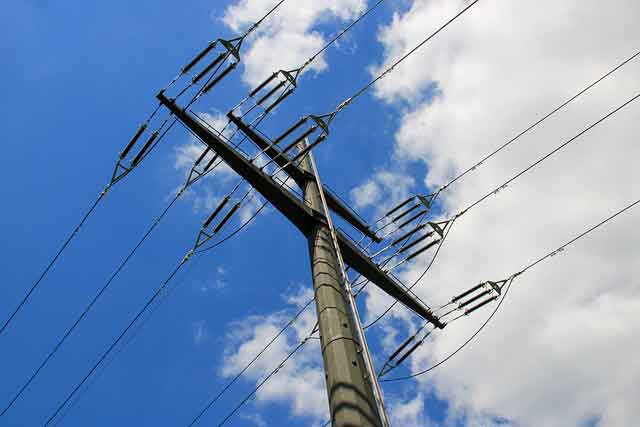EPA issues greenhouse gas guidelines
Among the suggestions: replacing dirty fuels used to power oil refineries with cleaner sources and requiring more efficient electricity and energy use with existing power plants to reduce emissions — while not requiring expensive technology upgrades.
EPA's new guidance is meant to help states understand how to implement new greenhouse gas reduction requirements while mitigating costs for industry in a bad economy. Most states will use EPA's new guidelines when processing new air pollution permits for power plants, cement factories and other big pollution sources under the federal Clean Air Act.
The new guidelines go into effect January 2.
They require more stringent emissions standards when air quality regulators issue the permits to industry, which has complained the new rules will stop new construction and chill economic growth by creating uncertainty among businesses over how the new regulations would affect their new permits.
"Make no mistake about it, this does not represent an opportunity for any construction moratorium. EPA and the states are fully prepared to take this on," said Gina McCarthy, EPA's assistant administrator for air and radiation.
"There will be no stoppage as a result of this... process."
McCarthy stressed that the new guidelines are not regulations but merely information meant to help states figure out cost-effective ways to reduce the pollutants that cause climate change when issuing new air pollution permits.
"We do not have any overall projection of what kind of greenhouse gas emissions will be avoided as a result of this," she said. "And greenhouse gas permitting is not a process for the overall reducing of greenhouse gas emissions."
The new rules were spurred by a 2007 Supreme Court ruling that greenhouse gases can be regulated under the Clean Air Act, and a 2009 finding by EPA that these pollutants are a danger to human health. Clean Air Act permits already are required on large industrial facilities for other air pollutants that are hazards to human health.
State air quality regulators said EPA's new guidance would help permitting move forward quickly.
"The doors of state and local regulatory agencies will be open for greenhouse gas permitting business," said William Becker, executive director of the National Association of Clean Air Agencies, in a statement. "These agencies have put forth an incredible effort to fulfill their permitting obligations on time."
Republican lawmakers were not mollified by McCarthy's assurance that these new guidelines would not slow the permit process.
Sen. James Inhofe, R-Okla., said the guidelines do nothing to ease uncertainty over the new regulations.
"Employers were looking for a clear path forward that would inspire confidence that permits would be granted, and in a timely manner," Inhofe said in a statement. "They won't find it here."
He serves on the Senate Committee on Environment and Public Works.
Clean air advocates were not as happy as state regulators with EPA's guidance, saying it relies solely on energy efficiency improvements instead of requiring installation of new technologies that capture the pollutants.
Ann Weeks, senior counsel for Clean Air Task Force, applauded the EPA's guidelines as an "incremental step forward." But she cautioned that the agency needs to more strongly support carbon capture and sequestration technologies — which EPA's McCarthy called too expensive to require now.
"Absent early deployment of these technologies, we will not be able to avoid the worst consequences of climate change," Weeks said in a statement.
And while most states have signed on with EPA's greenhouse gas reduction goals, Texas, which is the leading greenhouse gas producer in the nation, has refused to meet the new federal guidelines.
"We are reviewing this new EPA guidance. However, the Texas Commission on Environmental Quality will not be modifying its permit processes to include greenhouse gas emissions," said Terry Clawson, the agency's spokesman.
Related News

U.S. offshore wind power about to soar
WASHINGTON - Recent offshore lease sales demonstrate that not only has offshore wind arrived in the U.S., but it is clearly set to soar. The level of participation today, especially from seasoned offshore oil and gas developers, exemplifies that the offshore industry is an advocate for the 'all of the above' energy portfolio.
Offshore wind could generate 160,000 direct, indirect and induced jobs, with 40,000 new U.S. jobs with the first 8 gigawatts of production.
In fact, a recent report from the Special Initiative on Offshore Wind (SIOW), said that offshore wind investment in U.S. waters will require $70 billion by 2030…





